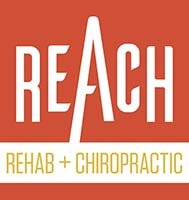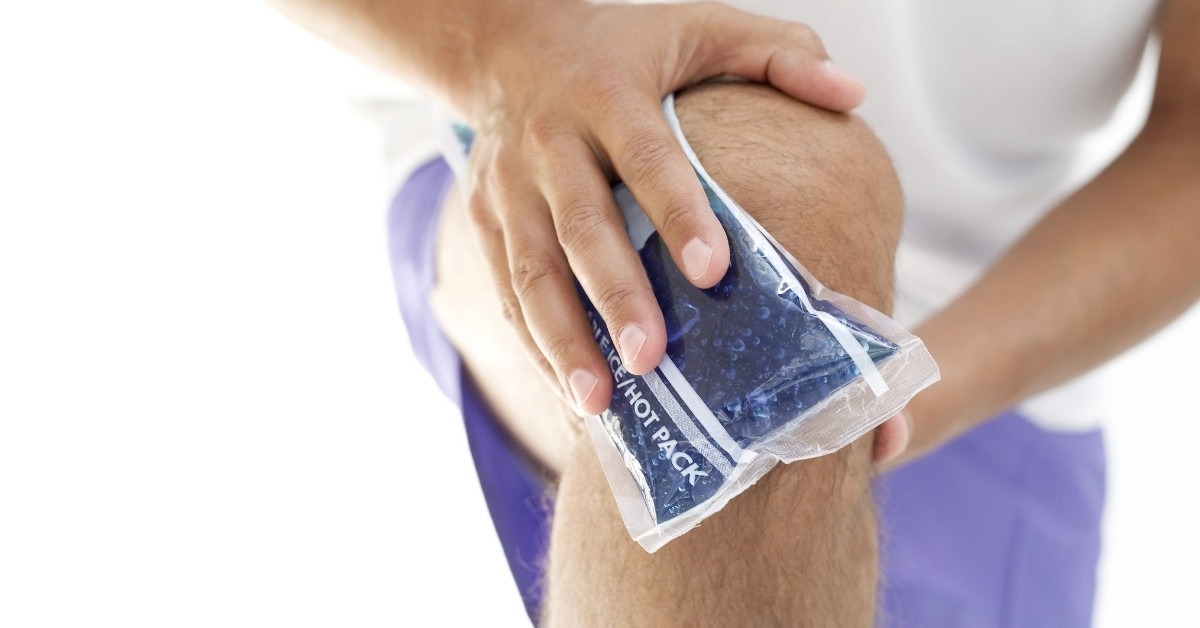When to Use Ice | When to Use Heat
When you have an injury, it can be challenging to decide when to use ice and when to use heat. You should generally use ice for acute injuries or pain and heat for muscle pain or stiffness. You can also use ice and heat together if you ice first and heat later.
At REACH Rehab, we provide holistic chiropractic care to help relieve pain and treat the source of your pain.
When to Use Heat for Muscle Pain
Heat can help improve circulation and blood flow to a specific part of the body. This helps to relieve discomfort, increase muscle flexibility, and relax tense muscles.
There are several specific instances when you might want to apply heat, such as:
- Lingering injuries older than six weeks
- Before stretching and exercising
- Arthritis pain
- Calming neck spasms before they turn into headaches
- After icing for muscle strains and sprains
- Tendonosis (a chronic condition caused by a degenerating tendon)
You should not treat certain injuries with heat, such as open wounds and bruised or swollen injuries. Those with certain pre-existing conditions should not use heat to treat injuries.
When to Use Ice for Swelling and Inflammation
People often think ice reduces swelling and inflammation. However, it doesn’t actually reduce inflammation; it just changes the pain level.
Ice helps with pain levels by reducing blood flow and nerve activity and providing a numbing effect for pain relief.
You should use ice for acute injuries that result in pain. Specific injuries to help you decide when to use ice include:
- Acute injuries
- Gout flare-ups
- Headaches and migraines
- Muscle strains and sprains (follow with heat)
- Tendonitis: inflammation of tendons caused by repetitive activity
If you have poor circulation or a sensory disorder that keeps you from feeling sensations you should find a different treatment.
How Long to Leave the Heat or Ice on for Maximum Benefit
Heat and ice can cause burns, skin damage, tissue damage, and nerve damage if you apply them for too long. or directly on the skin. For minor stiffness, use heat for 15-20 minutes, then take a 20-minute break.
Apply ice for 20 to 30 minutes, then remove it for 10 minutes. Repeat this process every hour up to four times a day.
What Are Some Other Ways to Ease Muscle Pain and Swelling Without Heat or Ice?
Heat and ice aren’t great ways to treat injuries and pain. If you’re experiencing lingering pain, chiropractic care or massage therapy can be a beneficial addition to your current ice and heat treatment.
If you sustain a new injury or your pain from an existing injury won’t go away after a week, schedule an appointment with our chiropractors or massage therapist for more treatment options.
Which is Better, Heat or Ice
Both heat and ice can reduce pain levels. However, they don’t heal injuries by themselves, so you should make your comfort level your priority.
Think about your personal preferences and whether you respond better to heat or ice. Use whatever makes you most comfortable, and remember that different injuries require different treatment methods. For headaches, a cool compress on the forehead can relieve your pain. For joint pain, however, a heating pad can be more effective.
Tips for Using Heat and Ice Safely and Effectively
Follow these tips for using heat and ice safely:
- Never apply any source of cold or heat directly to your skin.
- Use a bag of frozen vegetables rather than an ice pack to better shape it around an injury.
- Remove a heating pad if it feels too warm.
- Remove the ice if you can’t feel the cold in that area anymore.
At REACH Rehab, we can inform you about your options and let you know when to use ice or heat. We also provide chiropractic and massage services to relieve the source of your pain and help you live a pain-free life. Book a consultation or contact us directly at 734-530-9134 today!


